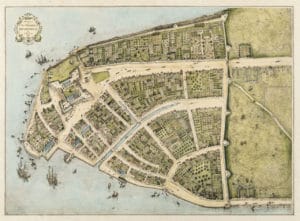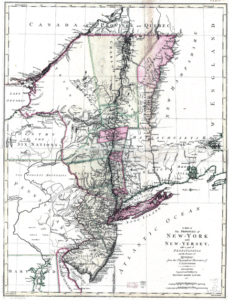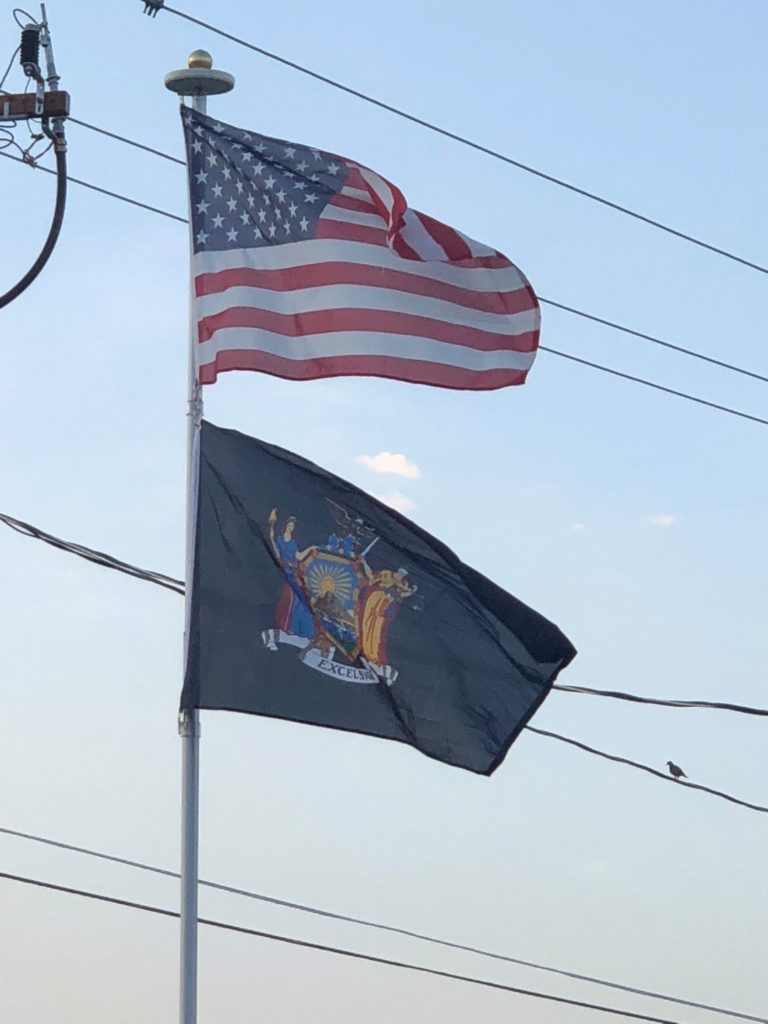In 1540, French traders from New France built a chateau on Castle Island, within present-day Albany; it was abandoned the following year due to flooding. In 1614, the Dutch, under the command of Hendrick Corstiaensen, rebuilt the French chateau, which they called Fort Nassau. Fort Nassau was the first Dutch settlement in North America, and was located along the Hudson River, also within present-day Albany. The small fort served as a trading post and warehouse. Located on the Hudson River flood plain, the rudimentary “fort” was washed away by flooding in 1617, and abandoned for good after Fort Orange (New Netherland) was built nearby in 1623.

Henry Hudson‘s 1609 voyage marked the beginning of European involvement with the area. Sailing for the Dutch East India Company and looking for a passage to Asia, he entered the Upper New York Bay on September 11 of that year. Word of his findings encouraged Dutch merchants to explore the coast in search for profitable fur trading with local Native American tribes.
During the 17th century, Dutch trading posts established for the trade of pelts from the Lenape, Iroquois, and other tribes were founded in the colony of New Netherland. The English captured the colony during the Second Anglo-Dutch War and governed it as the Province of New York although the city of New York would shuffle between the Dutch and the English several times over the years leading up to 1675.
New York endorsed the Declaration of Independence on July 9, 1776. On July 30, 1777, George Clinton was inaugurated as the first Governor of New York at Kingston.

About one-third of the battles of the American Revolutionary War took place in New York; the first major battle after U.S. independence was declared – and the largest battle of the entire war – was fought in New York at the Battle of Long Island (a.k.a. Battle of Brooklyn) in August 1776. After their victory, the British occupied New York City, making it their military and political base of operations in North America for the duration of the conflict, and consequently the focus of General George Washington’s intelligence network. The first of two major British armies were captured by the Continental Army at the Battle of Saratoga in 1777, a success that influenced France to ally with the revolutionaries. The state constitution was enacted in 1777. New York became the 11th state to ratify the United States Constitution.
New York City was the national capital under the Articles of Confederation and Perpetual Union, the first government. New York remained the national capital under the new constitution until 1790, and was the site of the inauguration of President George Washington, the drafting of the United States Bill of Rights, and the first session of the United States Supreme Court.
Transportation in western New York was by expensive wagons on muddy roads before canals opened up the rich farm lands to long-distance traffic. Governor DeWitt Clinton promoted the Erie Canal that connected New York City to the Great Lakes, by the Hudson River, the new canal, and the rivers and lakes. Work commenced in 1817, and the Erie Canal opened in 1825. It was an engineering marvel which opened up vast areas of New York to commerce and settlement. It enabled Great Lakes port cities such as Buffalo and Rochester to grow and prosper. It also connected the burgeoning agricultural production of the Midwest and shipping on the Great Lakes, with the port of New York City. Improving transportation, it enabled additional population migration to territories west of New York. After 1850, railroads largely replaced the canal.
